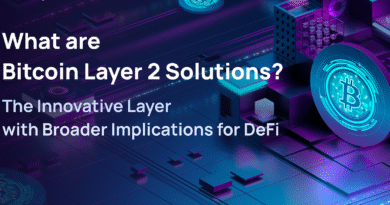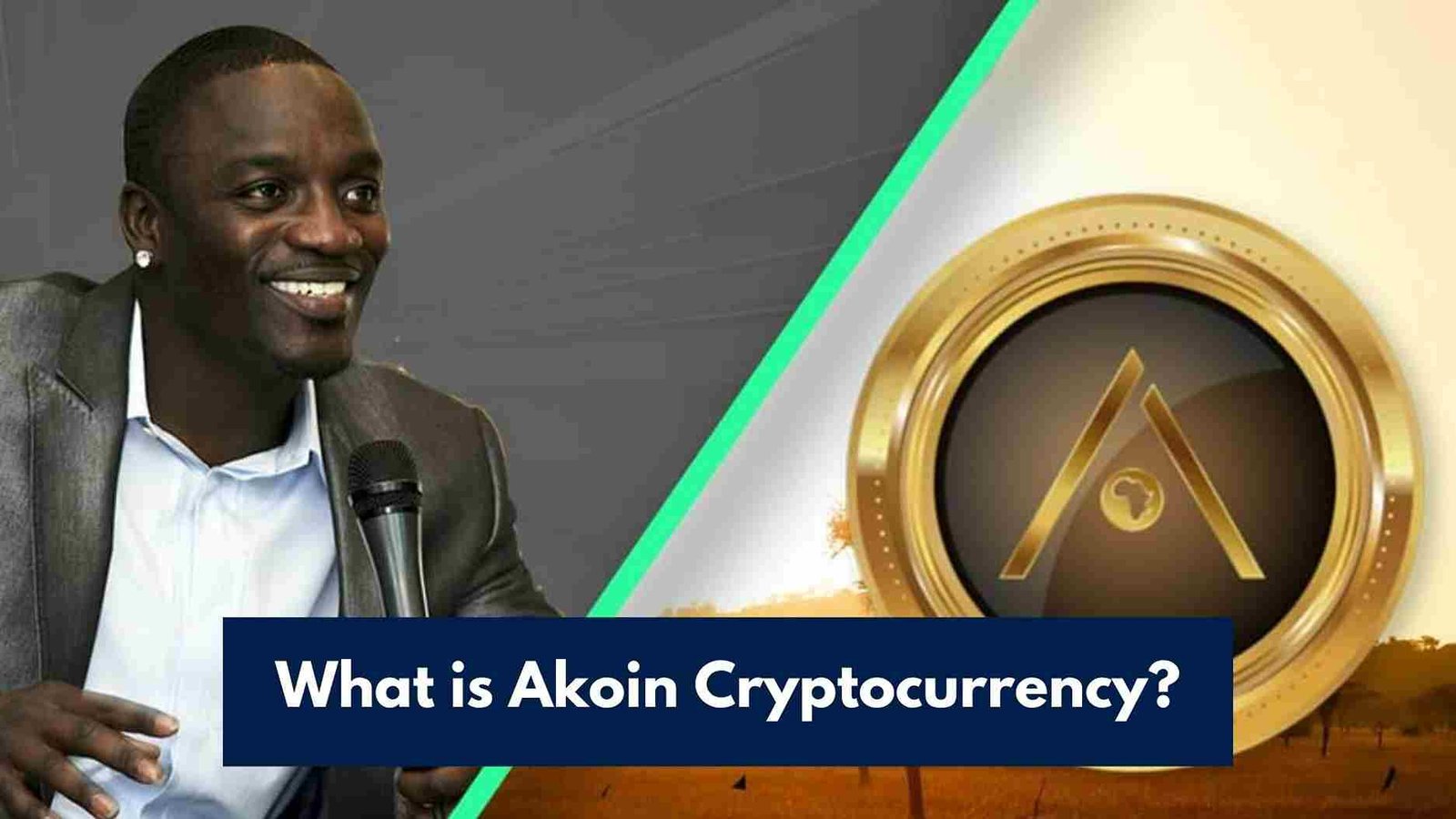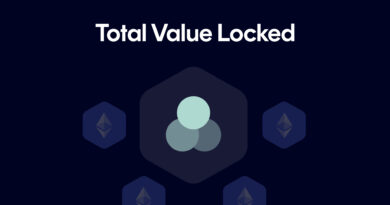What Are Tokenized Securities and How They Disrupt Traditional Finance in 2025
Learn how tokenized securities disrupt traditional finance in 2025 with enhanced liquidity and accessibility. Explore projects like Ondo and Maple driving a $50 billion market on L2 blockchains and DeFi integration.
Introduction
Tokenized securities, digital representations of traditional financial instruments like stocks, bonds, or real estate on blockchain networks, are revolutionizing the financial industry. By leveraging blockchain’s transparency, efficiency, and programmability, tokenized securities enhance liquidity, reduce costs, and democratize access to investments. In 2025, driven by Ethereum Layer-2 (L2) scalability, regulatory advancements, and institutional adoption, tokenized securities are disrupting traditional finance. This article explains what tokenized securities are, how they work, and their transformative impact on global markets.
What Are Tokenized Securities?
Tokenized securities are digital tokens on a blockchain that represent ownership of traditional financial assets, such as equities, bonds, funds, or real estate. Unlike cryptocurrencies like Bitcoin, tokenized securities are backed by real-world assets and subject to securities regulations (e.g., SEC in the U.S., MiCA in the EU). They are typically issued as ERC-20 or ERC-1400 tokens on Ethereum or its L2s, enabling fractional ownership, automated compliance, and integration with decentralized finance (DeFi).
Key Features:
- Fractional Ownership: Assets are divided into smaller units, lowering investment barriers (e.g., $50 for a share of a $1 million bond).
- Programmability: Smart contracts automate dividends, interest payments, and compliance checks (e.g., KYC/AML).
- Liquidity: Tokens can be traded 24/7 on blockchain-based exchanges, unlike traditional markets with limited hours.
- Transparency: Ownership records are immutable, reducing fraud and settlement risks.
In 2025, tokenized securities manage $10 billion in assets, with projections of $50 billion by year-end, driven by platforms like Ondo Finance and institutional players like BlackRock.
How Tokenized Securities Work
Tokenized securities operate through a combination of blockchain technology, legal frameworks, and DeFi infrastructure:
- Asset Selection: An issuer (e.g., a bank or real estate firm) selects an asset (e.g., corporate bonds, property) for tokenization.
- Legal Structuring: The asset is linked to tokens via a legal entity (e.g., a special purpose vehicle) to ensure regulatory compliance.
- Token Issuance: Tokens are created on a blockchain (e.g., Arbitrum, Polygon) using standards like ERC-20 or ERC-1400, which support compliance features like transfer restrictions.
- Custody: Physical assets are held by regulated custodians, with tokens backed 1:1 by the underlying asset.
- Trading and Settlement: Tokens are traded on regulated security token exchanges (e.g., INX) or DeFi platforms (e.g., Aave Arc), with instant settlement via smart contracts.
- Integration with DeFi: Tokens serve as collateral in lending protocols or yield-bearing assets in liquidity pools.
How Tokenized Securities Disrupt Traditional Finance
In 2025, tokenized securities are reshaping financial markets by addressing inefficiencies and unlocking new opportunities. Below are the key ways they disrupt traditional finance:
- Increased Liquidity
- Problem: Traditional assets like private equity or real estate are illiquid, with long lock-up periods and high transaction costs.
- Solution: Tokenized securities enable 24/7 trading on blockchain exchanges, reducing settlement times from days to seconds.
- Impact: $5 billion in tokenized real estate is traded on L2s like Arbitrum, with platforms like RealT enabling $100 million in property fractions for 50,000+ investors.
- Example: A tokenized private equity fund on Polygon allows investors to exit positions instantly, unlike traditional funds requiring years.
- Fractional Ownership and Democratization
- Problem: High-value assets like art or corporate bonds exclude retail investors due to large minimum investments.
- Solution: Tokenization allows fractional ownership, enabling investments as low as $10.
- Impact: Platforms like Masterworks tokenize $150 million in art on Arbitrum, with 20,000+ retail investors owning shares of Picassos. Ondo’s tokenized Treasuries attract 10,000+ users with $50 minimums.
- Example: A $10 million commercial property on Converge (Celestia) is tokenized into 1 million shares, allowing global retail participation.
- Cost Efficiency
- Problem: Traditional finance involves intermediaries (e.g., brokers, clearinghouses), inflating costs by 2–5%.
- Solution: Smart contracts automate processes like dividend payments and compliance, while L2s reduce transaction fees (e.g., Base: $0.05, Optimism: $0.28).
- Impact: Tokenized bond issuance on Ethereum L2s costs 95% less than traditional methods, saving issuers $500 million annually. Dencun’s Proto-Danksharding (2024) slashed L2 fees by 90%.
- Example: Backed issues $500 million in tokenized corporate bonds on Arbitrum, with issuance fees under $10,000 vs. $500,000 traditionally.
- Global Accessibility
- Problem: Financial markets are fragmented by geography and regulations, limiting investor access.
- Solution: Blockchain enables borderless trading, with compliance enforced via smart contracts.
- Impact: Tokenized securities on Polygon attract 100,000+ investors from 50+ countries, with platforms like INX handling $1 billion in cross-border trades.
- Example: A tokenized U.S. Treasury bond on Base is purchased by investors in Asia and Europe, bypassing traditional market restrictions.
- Integration with DeFi
- Problem: Traditional securities are siloed from innovative financial ecosystems like DeFi.
- Solution: Tokenized securities serve as collateral in lending protocols or yield-bearing assets in AMMs.
- Impact: $3 billion in tokenized assets are used in DeFi, with Aave Arc lending $1 billion in tokenized bonds and Maple Finance offering $800 million in tokenized loans.
- Example: A tokenized T-bill on Optimism is collateralized in Aave, earning 10% yield while remaining liquid.
- Regulatory Compliance and Institutional Trust
- Problem: Regulatory uncertainty deters institutional adoption of blockchain assets.
- Solution: Tokenized securities embed KYC/AML and securities rules in smart contracts, aligning with frameworks like MiCA (EU) and SEC guidelines (U.S.).
- Impact: Institutional players like BlackRock and JPMorgan tokenize $3 billion in funds, with $5 billion in institutional TVL across L2s.
- Example: Maple Finance’s tokenized institutional loans on Arbitrum enforce accredited investor checks, attracting $500 million from hedge funds.
Leading Tokenized Securities Projects in 2025
- Ondo Finance (Base): Tokenizes $2 billion in U.S. Treasuries, offering 8–12% DeFi yields, with 10,000+ investors.
- Maple Finance (Arbitrum): Manages $800 million in tokenized undercollateralized loans for institutions, with 7–10% returns.
- Backed (Arbitrum): Issues $500 million in tokenized corporate bonds, integrated with DeFi lending.
- RealT (Arbitrum, Optimism): Tokenizes $100 million in real estate, with 50,000+ investors and 6–10% rental yields.
- Centrifuge (Base): Tokenizes $500 million in invoices, enabling SME lending at 5–8% rates.
- INX (Ethereum L2s): A regulated security token exchange with $1 billion in tokenized asset trades.
Growth Drivers for Tokenized Securities in 2025
- Layer-2 Scalability:
- L2s like Arbitrum ($15.94 billion TVL) and Base ($3.08 billion TVL) offer low fees (~$0.05–$0.40) and high throughput (4,000+ TPS), ideal for tokenized securities.
- Pectra Upgrade (2025) doubles blob capacity, reducing fees further.
- Modular Blockchains:
- Celestia’s DA layer supports RWA platforms like Converge ($200 million TVL) with ~$0.01 blob fees and 1 GB/s throughput.
- Regulatory Frameworks:
- U.S. (SEC), EU (MiCA), and Singapore regulations provide clarity, attracting $5 billion in institutional capital.
- Institutional Adoption:
- BlackRock, JPMorgan, and Goldman Sachs tokenize funds, driving $10 billion in assets.
- Cross-Chain Interoperability:
- LayerZero and Optimism’s Superchain enable $3 billion in cross-L2 tokenized asset transfers.
- DeFi Integration:
- Aave and Morpho Blue use tokenized securities as collateral, scaling DeFi to $10 billion in RWA TVL.
Challenges Facing Tokenized Securities
- Regulatory Complexity: Varying global regulations create compliance hurdles, though MiCA and SEC frameworks help.
- Custody Risks: Off-chain custody of physical assets introduces counterparty risk, mitigated by regulated custodians.
- Security Vulnerabilities: Smart contract bugs risk funds, with $1.7 billion lost to DeFi hacks in 2024.
- Liquidity Fragmentation: 140+ L2s dilute trading volume, addressed by bridges like LayerZero.
- Market Volatility: ETH’s 53% price drop (2024) and crypto market fluctuations impact token prices.
Future Outlook for Tokenized Securities in 2025
Tokenized securities are poised for exponential growth:
- Market Size: $50 billion in tokenized assets by Q4 2025, up from $10 billion in Q1.
- Institutional Dominance: $20 billion in institutional TVL, driven by BlackRock and JPMorgan.
- DeFi Expansion: $15 billion in tokenized securities used in DeFi, with Aave Arc and Maple leading.
- Cross-Chain Markets: $10 billion in cross-L2 volume via LayerZero and Superchain.
- AI Integration: AI-driven platforms optimize yields for tokenized assets, onboarding 1 million+ users.
- Global Adoption: 100,000+ investors from 50+ countries trade tokenized securities on INX and L2s.
.
Conclusion
Tokenized securities in 2025 are disrupting traditional finance by enhancing liquidity, accessibility, and efficiency through blockchain technology. Use cases like tokenized bonds, real estate, and funds are driving $10 billion in assets, with L2 scalability, regulatory clarity, and DeFi integration fueling growth. Despite challenges like regulatory complexity and security risks, projects like Ondo, Maple, and RealT are paving the way for a $50 billion market. For investors, institutions, and Web3 enthusiasts, tokenized securities offer a transformative opportunity to redefine global finance.




